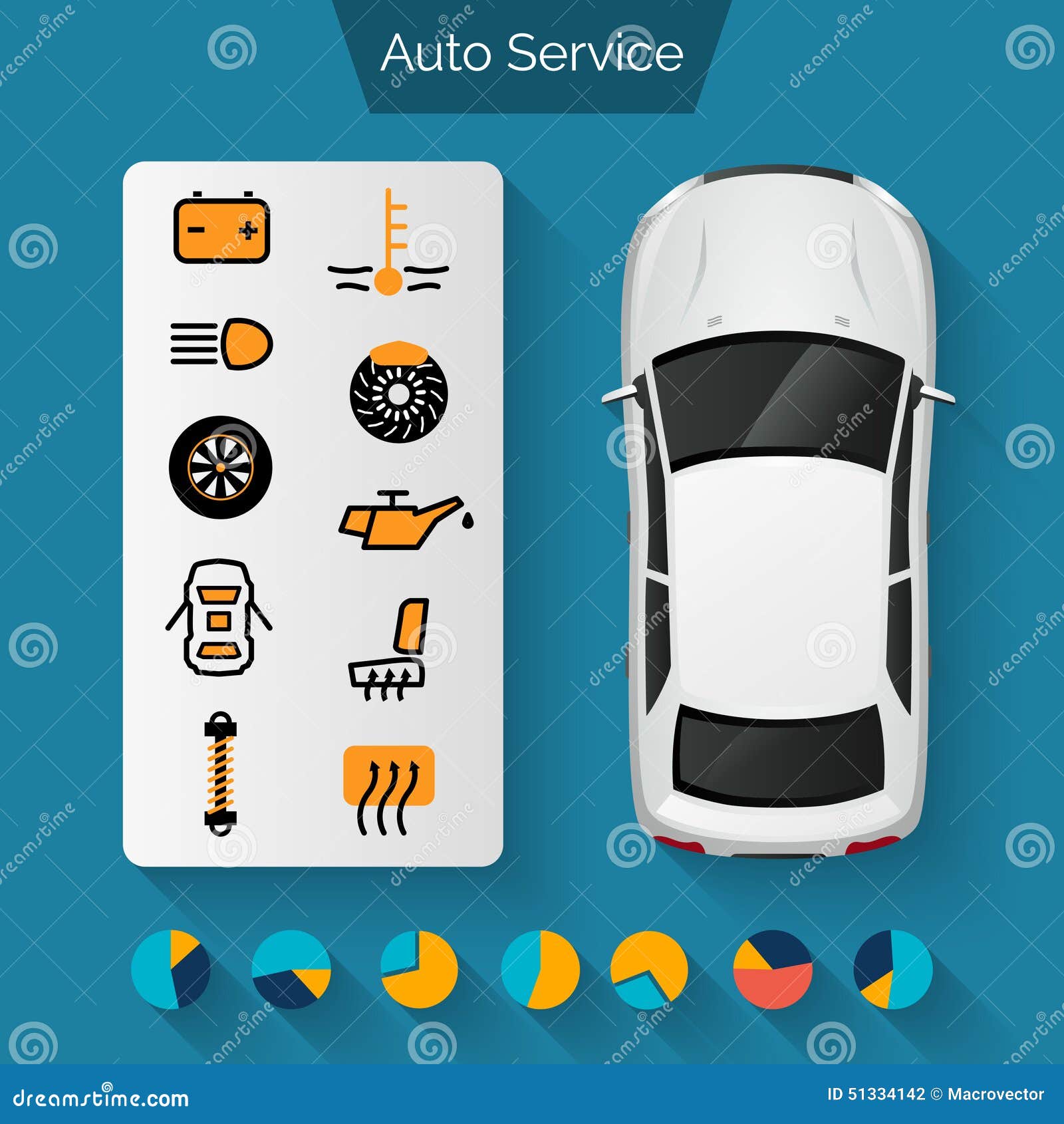Interested Regarding Those Dashboard Warning Lights In Your Vehicle? Learn What They Imply For Your Automobile'S Health And Wellness
Interested Regarding Those Dashboard Warning Lights In Your Vehicle? Learn What They Imply For Your Automobile'S Health And Wellness
Blog Article
Web Content Composed By-Higgins Gilbert
When you lag the wheel, those radiant warning lights on your dashboard can be a little bit complicated. Do you understand what they're trying to tell you regarding your vehicle's wellness? Recognizing https://brake-pads40627.mybuzzblog.com/9526988/hone-your-auto-detailing-skills-with-seasonal-suggestions-to-keep-your-auto-shining-and-safeguarded-discover-just-how-to-deal-with-each-season-s-special-challenges of these lights is vital for your safety and security and the longevity of your lorry. So, the following time one of those lights appears, wouldn't you intend to analyze its message precisely and take the needed actions to resolve it?
Common Warning Lights and Interpretations
Recognize typical warning lights in your automobile and recognize their meanings to make certain safe driving.
The most regular warning lights consist of the check engine light, which signifies issues with the engine or exhausts system. If this light comes on, it's essential to have your lorry inspected promptly.
The oil pressure cautioning light suggests low oil pressure, requiring prompt focus to avoid engine damages.
A blinking battery light could recommend a malfunctioning charging system, potentially leaving you stranded if not resolved.
The tire stress surveillance system (TPMS) light alerts you to reduced tire stress, impacting lorry stability and fuel effectiveness. Overlooking this could result in unsafe driving problems.
The abdominal light indicates a trouble with the anti-lock stopping system, jeopardizing your capacity to quit rapidly in emergency situations.
Finally, the coolant temperature level cautioning light warns of engine getting too hot, which can lead to extreme damages if not dealt with swiftly.
Recognizing these usual caution lights will certainly help you resolve issues immediately and keep safe driving problems.
Relevance of Prompt Interest
Understanding the typical caution lights in your cars and truck is just the primary step; the importance of quickly resolving these warnings can't be highlighted sufficient to guarantee your security when traveling.
When a caution light illuminates on your dashboard, it's your car's way of communicating a potential concern that needs focus. Overlooking these warnings can result in more serious troubles down the road, compromising your safety and security and possibly costing you much more in repairs.
Motivate attention to alerting lights can stop break downs and mishaps. For example, a blinking check engine light might show a misfire that, if left ignored, might create damages to the catalytic converter. Resolving this promptly can save you from a costly repair work.
In a similar way, a brake system warning light could signal reduced brake fluid or used brake pads, vital parts for your safety and security when driving.
DIY Troubleshooting Tips
If you see a warning light on your control panel, there are a few do it yourself troubleshooting tips you can attempt before looking for expert help.
The very first step is to consult your car's manual to understand what the particular warning light indicates. Occasionally the issue can be as simple as a loosened gas cap triggering the check engine light. Tightening the gas cap may solve the problem.
An additional usual concern is a reduced battery, which can set off various alerting lights. Examining odor removal car service for corrosion and ensuring they're safe could repair the issue.
If a caution light persists, you can attempt resetting it by separating the vehicle's battery for a few minutes and after that reconnecting it. In addition, checking your automobile's liquid levels, such as oil, coolant, and brake fluid, can assist fix alerting lights associated with these systems.
Conclusion
Finally, understanding your auto's caution lights is necessary for maintaining your car running smoothly and securely. By promptly addressing these informs and recognizing what they imply, you can stay clear of expensive fixings and possible failures.
Bear in mind to consult your automobile's handbook for specific information on each warning light and take action as necessary to make sure a trouble-free driving experience.
Stay notified, stay safe when driving!
